Danish sculptor Bertel Thorvaldsen was a prominent representative of 19th-century Neoclassicism.
He was born on November 19, 1770 in Copenhagen. His father, a wood-carver, encouraged him to study art.
At 11, Thorvaldsen was accepted to the Fine Arts Academy of Copenhagen. Thanks to his superior talent, he soon received a number of important commissions, including busts of politicians and statues for the Prince of Denmark’s residence.
Thorvaldsen’s early sculpture revealed his fascination with ancient works, especially Greek and Roman art. This inclination was part of a larger movement known as Neoclassicism. In the late 1700s and early 1800s, Neoclassicism advocated the return to Classical art, seen as an expression of ideal, absolute beauty.
Thorvaldsen traveled to Italy in 1797 on a scholarship, where he visited ancient ruins and closely studied classical artworks. After living in Malta, Palermo and Naples, Thorvaldsen settled in Rome, where he remained for 40 years.
One of his earliest Italian works was a statue of Jason, started in 1803. The sculpture, representing a Greek hero, was based on Polykleitus’ Doryphoros, from the 5th century BC. The pose and body proportions are perfectly balanced, and the facial expression is composed, revealing a complete absence of passion. The same aloofness can be observed on the faces of Cupid and Psyche and in other works by Thorvaldsen based on ancient mythology.
Thorvaldsen’s art was attuned to contemporary tastes, and as a result he received many important commissions.
In 1812, he began working on a series of bas-reliefs for the Quirinale Palace in Rome, depicting the Triumphal Entry of Alexander Into Babylon, in an allusion to Napoleon’s own triumphal entry into Rome.
In 1819, Thorvaldsen returned to Copenhagen for a short period, where he sculpted colossal statues of Christ and the 12 Apostles for the Church of Our Lady in Copenhagen.
During those years he completed prominent public monuments for several European cities – most notably the Monument to Nicolaus Copernicus for the University of Warsaw and the statue of Friedrich Schiller for the city of Stuttgart.
One of his most prestigious commissions was the sepulchral monument to Pope Pius VII for Saint Peter’s Basilica in Rome.
Thorvaldsen returned to Denmark in 1842 and died in Copenhagen on March 24, 1844. He was 73.
He was born on November 19, 1770 in Copenhagen. His father, a wood-carver, encouraged him to study art.
At 11, Thorvaldsen was accepted to the Fine Arts Academy of Copenhagen. Thanks to his superior talent, he soon received a number of important commissions, including busts of politicians and statues for the Prince of Denmark’s residence.
Thorvaldsen’s early sculpture revealed his fascination with ancient works, especially Greek and Roman art. This inclination was part of a larger movement known as Neoclassicism. In the late 1700s and early 1800s, Neoclassicism advocated the return to Classical art, seen as an expression of ideal, absolute beauty.
Thorvaldsen traveled to Italy in 1797 on a scholarship, where he visited ancient ruins and closely studied classical artworks. After living in Malta, Palermo and Naples, Thorvaldsen settled in Rome, where he remained for 40 years.
One of his earliest Italian works was a statue of Jason, started in 1803. The sculpture, representing a Greek hero, was based on Polykleitus’ Doryphoros, from the 5th century BC. The pose and body proportions are perfectly balanced, and the facial expression is composed, revealing a complete absence of passion. The same aloofness can be observed on the faces of Cupid and Psyche and in other works by Thorvaldsen based on ancient mythology.
Thorvaldsen’s art was attuned to contemporary tastes, and as a result he received many important commissions.
In 1812, he began working on a series of bas-reliefs for the Quirinale Palace in Rome, depicting the Triumphal Entry of Alexander Into Babylon, in an allusion to Napoleon’s own triumphal entry into Rome.
In 1819, Thorvaldsen returned to Copenhagen for a short period, where he sculpted colossal statues of Christ and the 12 Apostles for the Church of Our Lady in Copenhagen.
During those years he completed prominent public monuments for several European cities – most notably the Monument to Nicolaus Copernicus for the University of Warsaw and the statue of Friedrich Schiller for the city of Stuttgart.
One of his most prestigious commissions was the sepulchral monument to Pope Pius VII for Saint Peter’s Basilica in Rome.
Thorvaldsen returned to Denmark in 1842 and died in Copenhagen on March 24, 1844. He was 73.
RELATED


JOHN WAYNE


TITIAN


STEVEN SPIELBERG
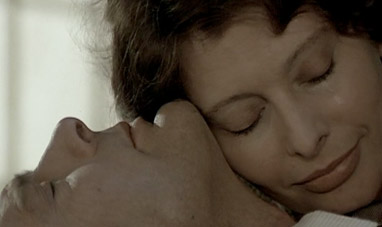

SOPHIA LOREN


CHARLES BUKOWSKI
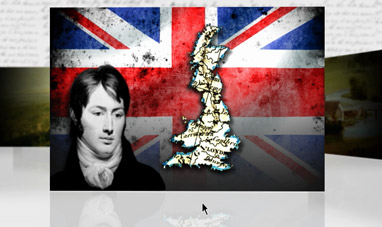

JOHN CONSTABLE
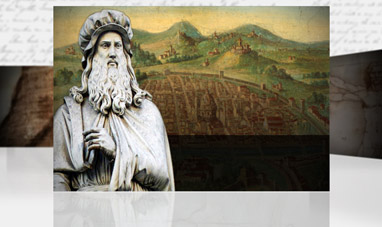

LEONARDO DA VINCI
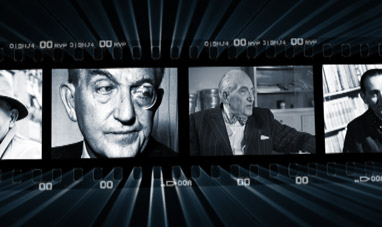

FRITZ LANG
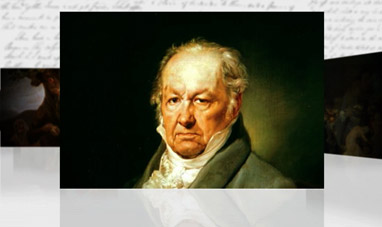

FRANCISCO GOYA
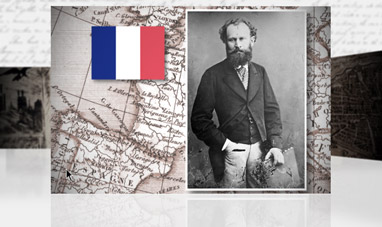

EDOUARD MANET
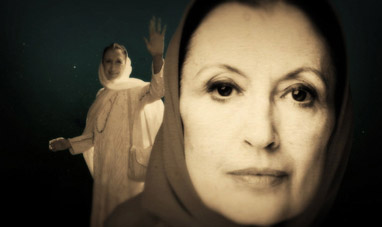

CARLA FRACCI


PHARRELL WILLIAMS
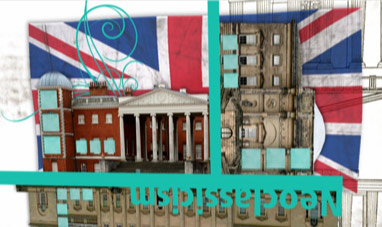

ROBERT ADAM
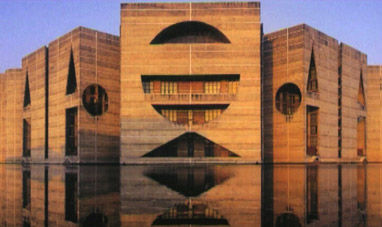

LOUIS KAHN
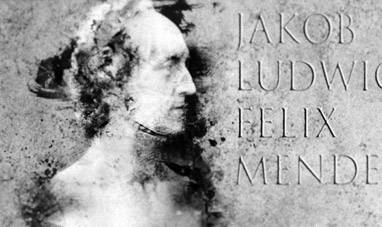

FELIX MENDELSSOHN
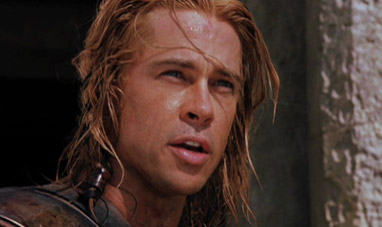

BRAD PITT
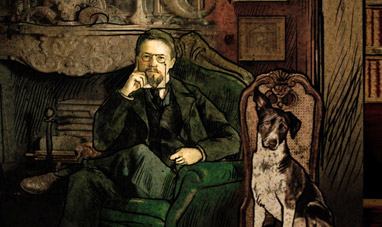

ANTON CHEKHOV
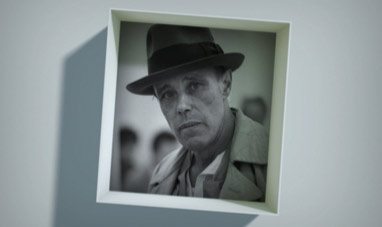

JOSEPH BEUYS
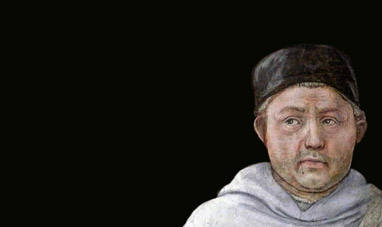

FILIPPO LIPPI
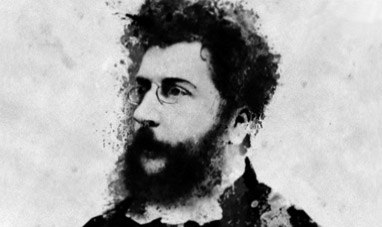

GEORGES BIZET
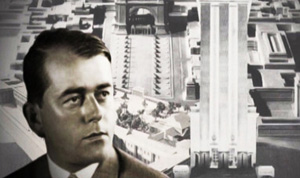

ALBERT SPEER
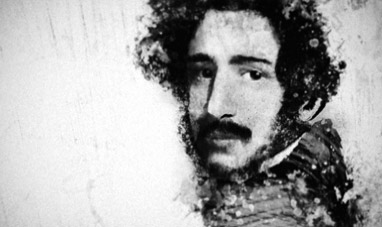

GAETANO DONIZETTI
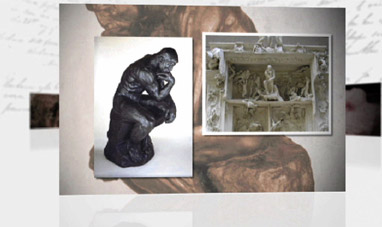

AUGUSTE RODIN
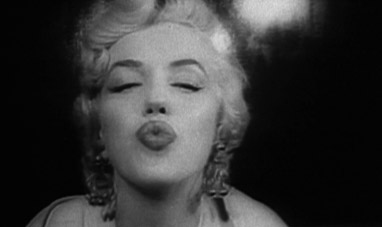

MARILYN MONROE
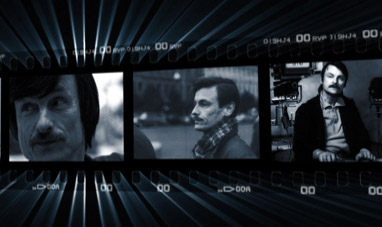

ANDREI TARKOVSKY
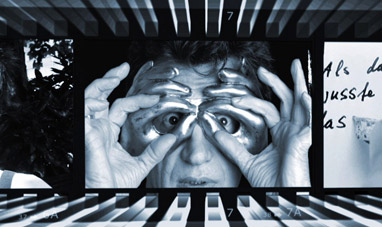

WIM WENDERS
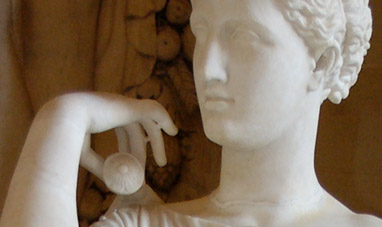

PRAXITELES
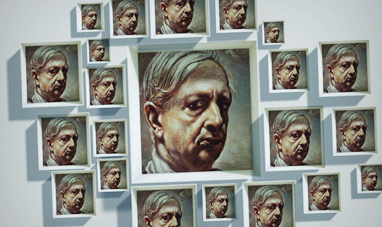

GIORGIO DE CHIRICO
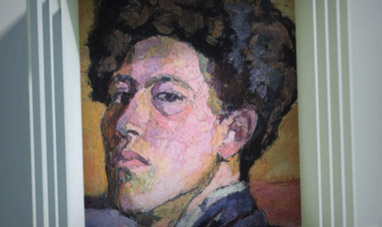

ALBERTO GIACOMETTI


RITA HAYWORTH
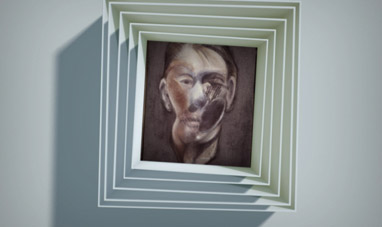

FRANCIS BACON
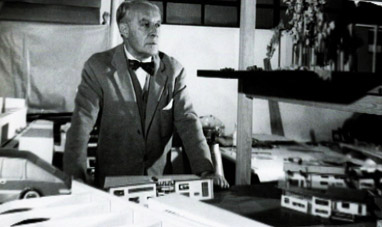

GIO PONTI
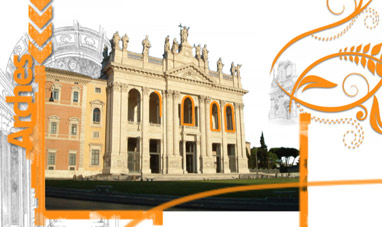

FRANCESCO BORROMINI


EURIPIDES
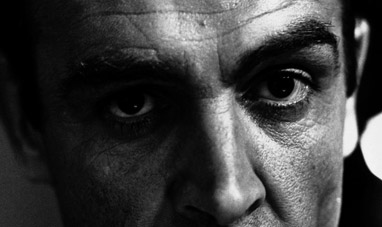

SEAN CONNERY


AUDREY HEPBURN
